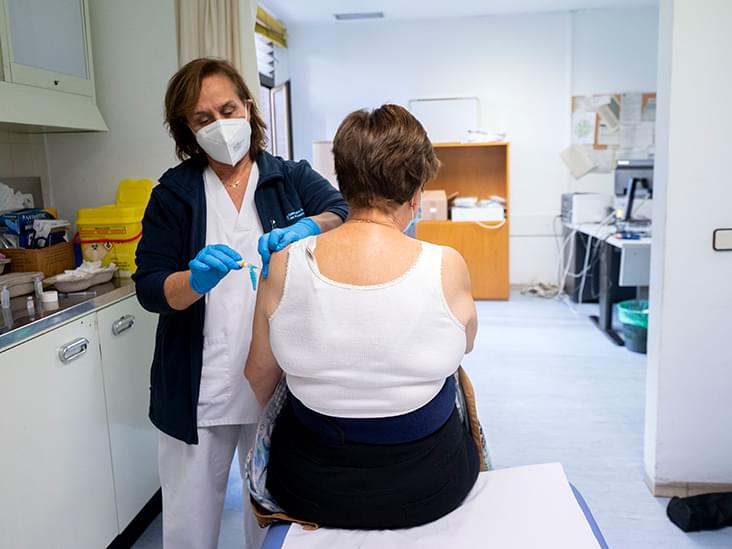𝐅𝐥𝐮 𝐯𝐚𝐜𝐜𝐢𝐧𝐞𝐬 𝐥𝐢𝐧𝐤𝐞𝐝 𝐭𝐨 𝟒𝟎% 𝐫𝐞𝐝𝐮𝐜𝐞𝐝 𝐫𝐢𝐬𝐤 𝐨𝐟 𝐀𝐥𝐳𝐡𝐞𝐢𝐦𝐞𝐫’𝐬 𝐝𝐢𝐬𝐞𝐚𝐬𝐞






Shadow IT refers to the practice of users deploying unauthorized technology resources in order to circumvent their IT department. Users may resort to using shadow IT practices when they feel that existing IT policies are too restrictive or get in the way of them being able to do their jobs effectively.
An old school phenomenon
Shadow IT is not new. There have been countless examples of widespread shadow IT use over the years. In the early 2000s, for example, many organizations were reluctant to adopt Wi-Fi for fear that it could undermine their security efforts. However, users wanted the convenience of wireless device usage and often deployed wireless access points without the IT department’s knowledge or consent.




In the future, a woman with a spinal cord injury could make a full recovery; a baby with a weak heart could pump his own blood. How close are we today to the bold promise of bionics—and could this technology be used to improve normal human functions, as well as to repair us? Join Bill Blakemore, John Donoghue, Jennifer French, Joseph J. Fins, and P. Hunter Peckham at “Better, Stronger, Faster,” part of the Big Ideas Series, as they explore the unfolding future of embedded technology.
This program is part of the Big Ideas Series, made possible with support from the John Templeton Foundation.
Visit our Website: http://www.worldsciencefestival.com/
Like us on Facebook: https://www.facebook.com/worldscience… us on twitter: https://twitter.com/WorldSciFest Original Program date: May 31, 2014 Host: Bill Blakemore Participants: John Donoghue, Jennifer French, Joseph J. Fins, P. Hunter Peckham Re-engineering the anatomy of the “Vitruvian Man” 00:00 Bill Blakemore’s Introduction. 2:06 Participant introductions. 4:27 What is FES? (Functional Electrical Stimulation) 6:06 A demonstration with FES and without. 10:06 How did you test FES systems? 14:16 Jen French the first bionic pioneer. 16:40 What was the journey like from injury to today? 18:35 A live demonstration of FES. 20:40 What is BrainGate? 27:55 What is the potential for this technology? 37:00 When will this technology be publicly available? 40:50 A cell phone app to drink water or stand up? 44:55 Jen French would be the first to try new technology. 50:39 What is the history of altering the human brain? 1:00:57 The move from chemical to electrical medical care. 1:05:40 The challenge of what is going to drive the delivery of care to groups in need. 1:11:36 Can these devices be implanted without surgery? 1:18:13 What field needs the most funding for this to become available to everyone? 1:19:40 What are the numbers of people who can use this technology? 1:23:44 Why can’t we use stem cells to reconnect human spinal tissue? 1:25:37 What is the collaboration level between institutions? 1:29:16 How far away are we from using brain waves to control objects and communicate with each other? 1:30:20
Follow us on twitter: https://twitter.com/WorldSciFest.
Original Program date: May 31, 2014
Host: Bill Blakemore.
Participants: John Donoghue, Jennifer French, Joseph J. Fins, P. Hunter Peckham.
Re-engineering the anatomy of the “Vitruvian Man” 00:00.
Bill Blakemore’s Introduction. 2:06